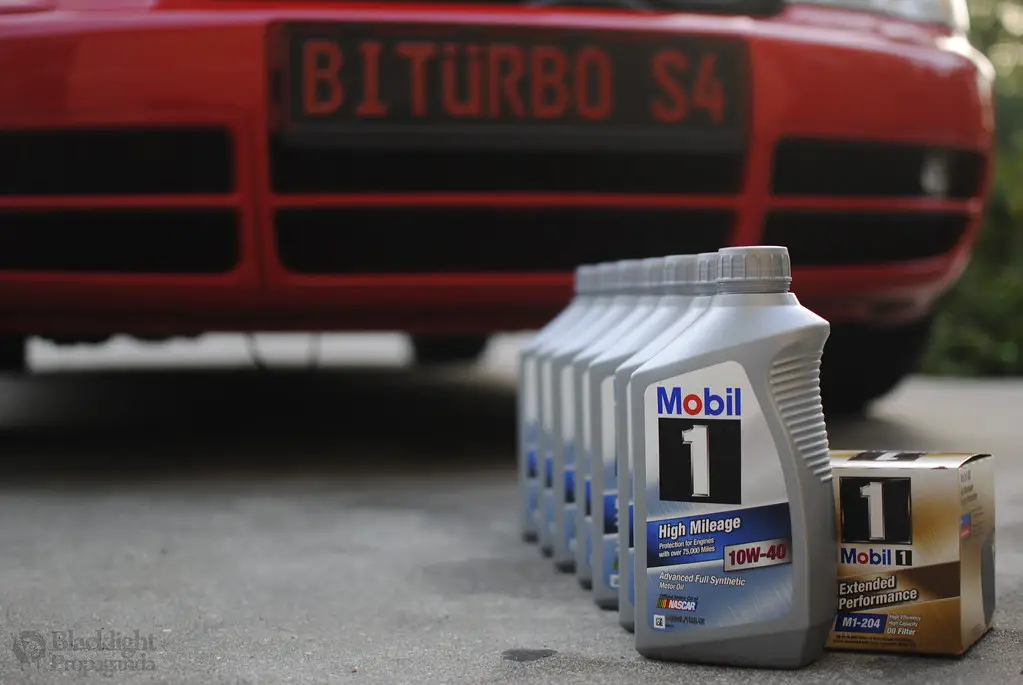Taking care of your car’s engine oil is essential for optimal performance and longevity. Whether you’re a novice or a passionate car enthusiast, this beginner’s guide will walk you through the step-by-step process of changing your car’s engine oil. By following these instructions, you’ll be able to maintain your vehicle’s health, save money, and ensure a smooth driving experience.
Determining the Right Oil Type and Quantity:
Refer to your car’s owner’s manual to identify the correct oil type and quantity (such as comparing Castrol Edge vs Mobil 1). Matching the oil’s viscosity to your engine’s requirements is crucial for optimal performance. Some engines may require synthetic oil, while others can use conventional oil.
Gathering Essential Tools and Supplies:
Collect all the necessary tools and supplies, including oil, an oil filter, wrenches, and other equipment. It’s recommended to use a reliable floor jack and safety stands for better access, rather than relying on the car’s jack.
Preparing Your Vehicle:
Ensure the engine and oil are warm, but not hot, before starting. Use safety stands to elevate your vehicle if needed, and remove any engine undercover that obstructs access to the oil filter and drain plug.
Locating the Oil Filter and Drain Plug:
Once your vehicle is ready, locate the oil filter and drain plug. Most cars have a bottom-mounted, screw-on oil filter. If the filter and plug are far apart, complete the draining and replugging process before addressing the filter.
Draining the Oil:
Position a drain pan beneath the drain plug, slightly offset to accommodate the oil’s outflow angle. Remove the oil filler cap to allow for a smooth and quick drainage process.
Replugging and Securing:
Wearing gloves, use an end wrench to remove the drain plug. Be cautious of the warm oil’s flow. Once all the oil has drained, securely replace and tighten the drain plug, being careful not to over-tighten and damage the oil pan’s threads.
Changing the Oil Filter:
After draining the oil and ensuring the drain plug is secure, change the oil filter. Use an oil filter wrench to unscrew the old filter. Lubricate the rubber gasket on the new filter with fresh oil before hand-tightening it in place.
Adding Fresh Oil:
With a new filter and secure drain plug, add fresh oil. Position a funnel at the oil filler hole and slowly pour in the new oil, following the recommended quantity specified in the owner’s manual.
Checking Oil Levels and Final Checks:
After adding the oil, remove and wipe the dipstick clean. Reinsert it and check the oil level, ensuring it falls within the “full” mark on the dipstick. Run the engine briefly, check for leaks from the drain plug and oil filter, and perform a final oil level check.
Conclusion:
By following this beginner’s guide, you can confidently change your car’s engine oil. Regular oil changes not only save money but also improve performance and extend the life of your vehicle. Always refer to your car’s owner’s manual for specific instructions tailored to your vehicle’s needs. Proper maintenance ensures a smooth and reliable driving experience for years to come.

